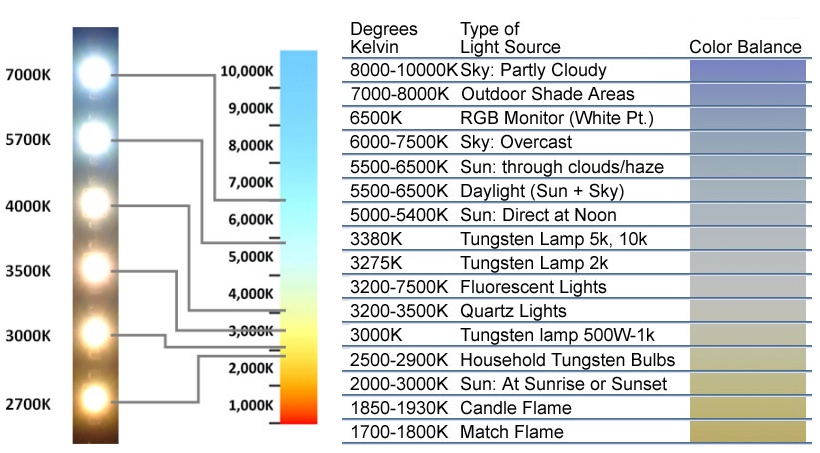
This isn’t difficult, as we already have all the information we need. To put it simply, to determine a light bulb’s energy efficiency, we need to know how many lumens it outputs for every Watt (or the lumen per Watt value). It therefore makes sense that a bulb with a high lumens count and a low Wattage rating is going to be more energy-efficient than another bulb with a low lumens count and a higher Wattage. We already know that higher lumens equal a brighter light bulb, and lower Wattage equals less power. This is where we can start talking about the energy efficiency of a light source. What we really want is a light bulb that has the correct brightness for our intended use, but which uses only a minimal amount of power. So far, we’ve been talking as if a brighter light bulb is a better light bulb, but this is only half the story. Using Watts and lumens together, though, we can determine how energy efficient a light bulb is. It may not surprise you that the development of LED lighting has complicated this too (luckily, we also have a easy to use dimming guide to help with that). Wattage alone may no longer tell you how bright a light source is, but it is still an important measure in other respects.ĭimmer switches, for example, can only handle light bulbs up to a certain Wattage (specified by the manufacturer), and it is important for safety reasons that this is not exceeded. We have provided a handy table below to help you find the equivalent wattage between incandescent bulbs and the other more energy efficient lighting technologies. It can be confusing to understand the Wattage of a particular technology and how that relates to an old-fashioned 60W incandescent light bulb (for example). When comparing an LED light bulb with a halogen light bulb, for example, the brighter light bulb is always the one with the higher lumens count.Īll lighting products should have the level of brightness stated as lumens (as well as their Wattage) on their packaging, and on their online product listings, where applicable. The best thing about using lumens to determine the light emitted is that it works the same way no matter what type of light bulb you’re looking at. A typical household light bulb might emit anything between 300–1000 lumens, while a high-powered floodlight could emit in excess of 20,000 lumens. The higher the lumen rating, the brighter the lamp will appear. Lumens (lm) is the unit of luminous flux that is – a measure of the amount of visible light that the human eye can detect from a lamp or light source. Instead, we need to pay attention to what is a lumen measurement. This is because it denotes the power input to a light bulb, rather than its light output (which is what we’re really looking for).

It turns out that Wattage was never the most accurate way to determine the brightness of a light bulb. The good news is that there is another easy way to tell if one light bulb is brighter than another. When LED lighting first emerged, the amount of energy consumed vs light output wasn’t explained particularly well to consumers, so buying replacement light bulbs often became a frustrating, confusing affair.


A 10W LED bulb, for example, would be much brighter than a traditional 40W light bulb. Well, the energy efficiency of these new light bulbs meant that a higher Wattage no longer meant a brighter light. But then, the emergence of energy-saving lighting – in particular, LED light bulbs – threw a spanner in the works. This made it easy to find replacement light bulbs of equal brightness.įor a long time, this was fine. A 60 Watts light bulb, for example, would always be brighter than a 40W. Once upon a time, the Wattage of a light bulb was used as a universal indicator of its brightness and nobody even knew what was a lumen.


 0 kommentar(er)
0 kommentar(er)
